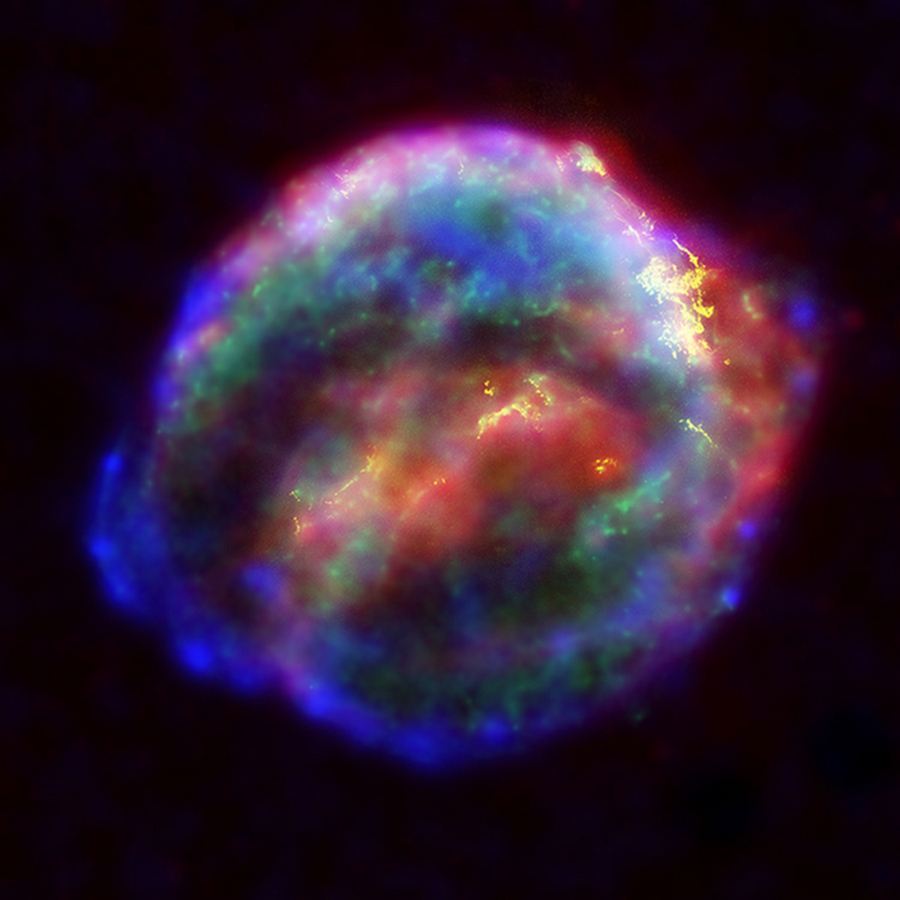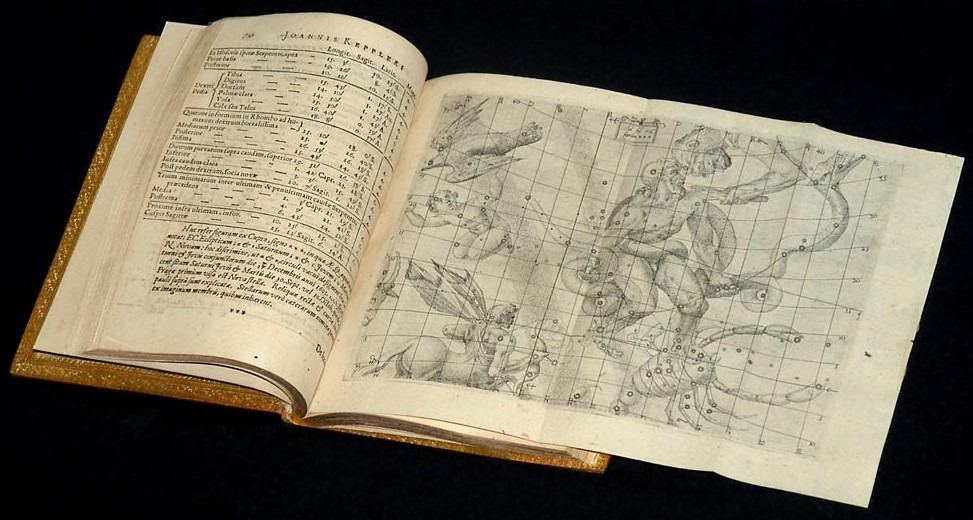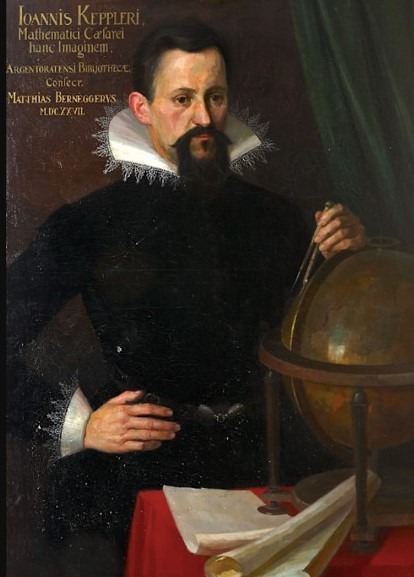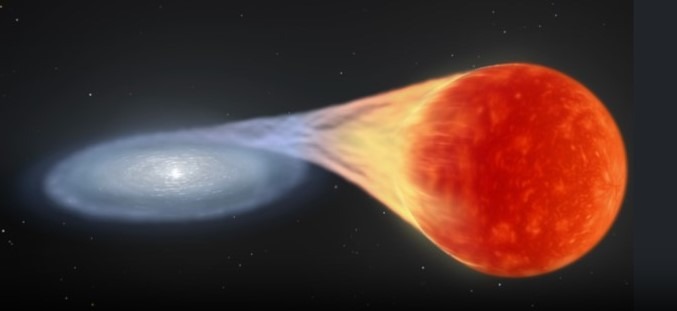In October 1604, a bright star suddenly shone in the sky, which discouraged astronomers of that time. The first to notice the strange star was the German astronomer Johannes Kepler — it happened on October 9, and already on October 17, he began its observations, which lasted more than a year. Kepler observed the star, inspired by the previous work of Danish astronomer Tycho Brahe, who had observed a similar phenomenon, a supernova, in 1572. The new star increased in brightness to a stellar magnitude of -2.5, exceeding Jupiter in luminosity, and was visible for three weeks, even during the day, before it finally disappeared from the sky in March 1606.

Kepler published the results of his observations in 1606 in De Stella nova in pede Serpentarii. The star was named Kepler’s Supernova, which is known today under the cataloged designation SN 1604.

At that time, astronomers didn’t know that the new star was the result of a star exploding. It is now known that SN 1604 belongs to Type Ia supernovae, which occur in binary star systems where the white dwarf attracts matter from its companion — the red giant. When the mass of a white dwarf reaches a critical value (about 1.4 solar masses), a thermonuclear reaction begins, causing an explosion that releases massive amounts of energy and light.

Kepler made observations with the naked eye, as Galileo Galilei was still four years away from inventing the telescope. However, his work laid the foundations for further research on supernovae. Astronomers continue to study the remnants of SN 1604 with modern ground-based and space-based telescopes, especially in the radio and X-ray bands. These observations help to better understand the processes occurring during supernova explosions.

Type Ia supernovae play an important role in modern cosmology. As a result of having the same mass and brightness, they are used as “standard candles” to measure distances in the Universe. It helped discover that the Universe is expanding at an accelerating rate, possibly due to the influence of dark energy — one of the biggest mysteries of modern science.
Earlier we reported on how astronomers weighed the Universe.
According to NASA


